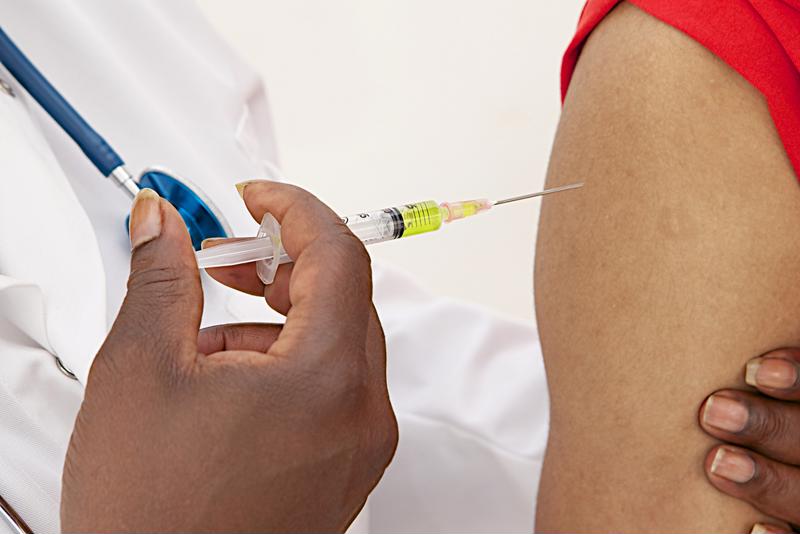The various vaccines developed in recent months to immunize people against the novel coronavirus are already being readied for the general public in some countries; experts believe it will be a few more months before that is the case in the United States. Part of the reason for this is that those within the supply chain sector foresee some difficulties in being fully prepared to distribute the vaccine nationwide, and ensure hundreds of millions of Americans can receive it before the middle of next year.
The quest to develop and manufacture potentially billions of doses of the coronavirus vaccines was code named Operation Warp Speed for a reason: This is something just about everyone had a vested interest in getting completed — from pre-clinical trials to large-scale manufacturing and FDA review and licensure — as quickly as possible. All told, according to the U.S. Government Accountability Office, the hope was to wrap this effort up within 10 months.

However, while it appears a number of pharma companies have tackled this development process with aplomb, a potentially larger problem looms: Creating hundreds of millions of vaccine doses is one thing; actually getting them all to the people who need them is quite another.
The supply chain issue
It should come as no surprise to those in the logistics industry, but the last several months haven't exactly been easy on the supply chain, according to The Wall Street Journal. If there have occasionally been periods when it has been difficult to keep store shelves stocked with essentials like toilet paper and hand sanitizer, it's not hard to envision a period of extreme difficulty in distributing vaccines on a mass scale.
Of course, companies at various steps of the supply chain have had plenty of runway to ramp up their capacity with a specific focus on activation as soon as a vaccine is readily available for distribution, the Journal reported. Airlines and ground shippers alike are readying fleets of vehicles, but estimates show that it will likely take the equivalent of 8,000 Boeing 747s fully loaded with the vaccine to distribute it to everyone in the world. That represents about 10% of total annual pharma airfreight demand, and it will need to be concentrated in a relatively small period of time in 2021.
Other potential problems
It's also worth noting that vaccines have to be handled differently from how other pharma shipments are, including the need to be refrigerated. Such a consideration is another potential stumbling block for distribution, according to Fox Business. Most of the vaccines being rapidly developed and approved today have varying shelf lives in different refrigeration conditions; some can last for up to 30 days in a standard refrigerator, or much longer in a freezer.
But that means they will need to be shipped cold, and the "ultra-cold" freezers needed to ship vaccines en masse aren't exactly readily available to meet current needs, the report said.
Certainly, this is an issue that will be covered heavily in the weeks and months ahead, but the supply chain needs to stand ready to respond to shifting demand.



Post A Comment:
0 comments so far,add yours